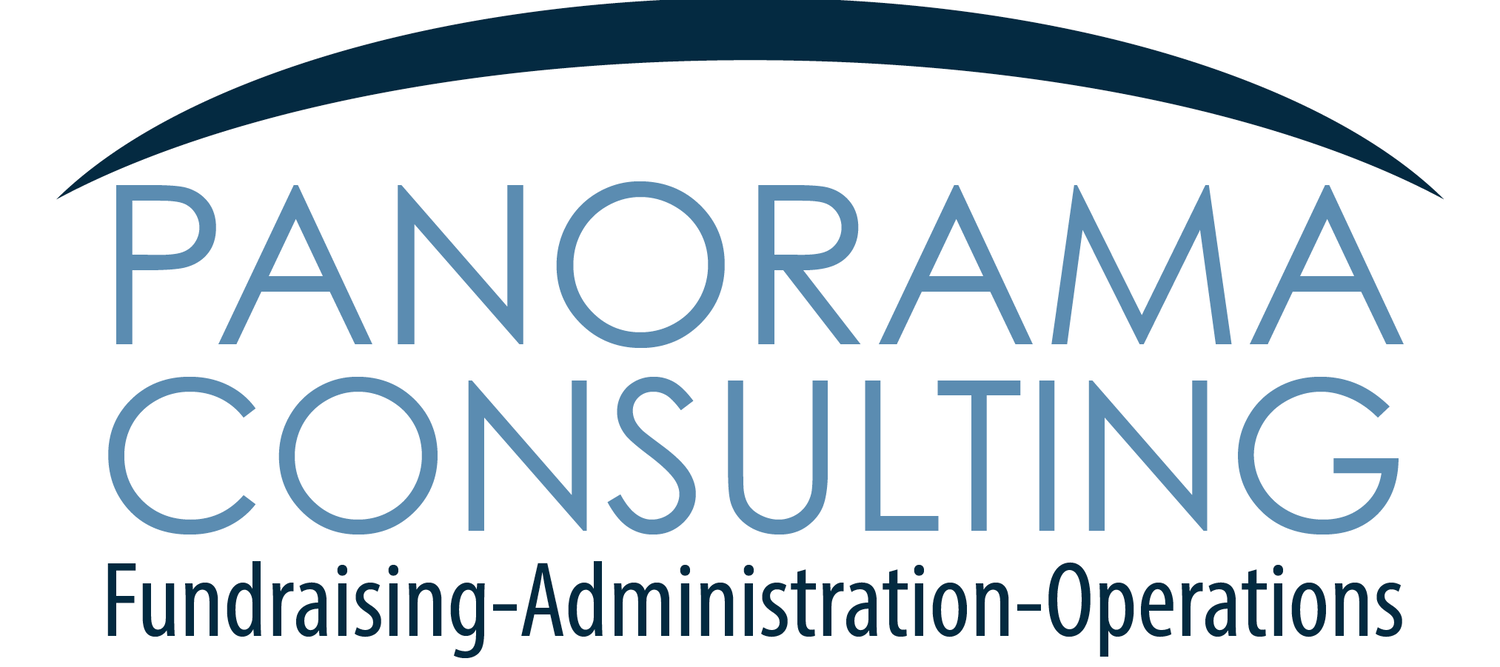Back to the Egg
By Tom Watson
In 1731, a 25-year-old Philadelphia printer set out to solve a problem – one that affected the future of his industry and the social good. Despite innovations in technology, popular books still cost too much for the average citizen. Yet getting more books into circulation would clearly increase interest in his own craft, and lead to a better informed public, including his own friends and colleagues. This young pursuer of a double bottom line created a unique social venture – and he used crowdsourcing to fund it.
The model was simple, really. A total of 50 subscribers invested 40 shillings each to start a circulating library. They all agreed to further invest 10 shillings more every year to buy additional books and to help maintain the library. They adopted a Latin motto – Communiter Bona Profundere Deum Est – which translates as “To support the common good is divine.”
The social entrepreneur was Benjamin Franklin. His social venture was The Library Company of Philadelphia. And the crowd that funded his social venture was the famed Junto, a loose coalition of smart young Philadelphians interested in the public good in the first half of the 18th century. Their self interest was greater access to a wider variety of books; Franklin’s was in printing them. And the society itself benefited from a better educated, better informed core of leading citizens, many of whom would one day fund and lead the founding of a much larger social venture – a republic.
Of course, crowdsourcing is everywhere these days. It’s a term meant to signal the evolution of passive social media to more active financial participation. And it takes advantage of technological advances and the growth of networks that can be used -in the form of “crowdfunding” – to drive causes, raise money, fund projects, and create new organizations. Yet it’s really an adaptation on an old and trusted technique – asking friends to support a project, and they will ask their friends, and so on. Franklin’s “crowd” was a small group of young Colonial elite – today, hundreds may fund a film or a cause through Kickstarter or IndieGogo, a journalism project through Spot.us, or a band’s appearance through GigFunder. And the “crowd” can support small entrepreneurs in the developing world via platforms like Kiva‘s, fund school-based projects through DonorsChoose, or back international projects of impact through GlobalGiving.
Next week, I’ll begin another semester of teaching graduate students at Columbia University. The Nonprofit Management program has been growing quickly on Morningside Heights, as more young people seek a career that will help change the world – while other changes careers from something less satisfying.,
I’ll tell my students that philanthropic networks matter, that collective impact is where it’s at, and they need to understand the connection to what has always mattered in gathering support for important social causes: that personal connection, good communications and story-telling, the importance of impact on those the cause serves, and the plan for getting it right.
In the pursuit of those verities, my students could do worse than to study the early crowdfunding techniques of Benjamin Franklin. He invented crowdsourced philanthropy – heck, Franklin largely invented American philanthropy. He was the leading technologist of his day, and a man who was intimately familiar with the top media technology of his time and in building social networks. Franklin used that social network – in the form on subscriptions, his own circle of leaders called the Jun-toe, and the printing press to raise funds for the first fire department, the first public library, a public meeting house, a university, a public hospital.
Franklin understood how fundraising – wired or otherwise – really works. He knew it challenges and its limits. This passage from his autobiography could be required reading for aspirational nonprofit executives and fundraisers:
The Rev. Gilbert Tennant came to me with a request that I would assist him in procuring a subscription for erecting a new meeting-house. … Unwilling to make myself disagreeable to my fellow-citizens by too frequently soliciting their contributions, I absolutely refused. He then desired that I would furnish him with a list of the names of persons I knew by experience to be generous and public-spirited. I thought it would be unbecoming in me, after their kind compliance with my solicitations, to mark them out to be worried by other beggars, and therefore refused also to give such a list. He then desired that I would at least give him my advice. “That I will readily do,” I said I; “and, in the first place, I advise you to apply to all those whom you know will give something; next, to those whom you are uncertain whether they will give any thing or not, and show them the list of who have given; and lastly, do not neglect those who you are sure will give nothing, for in some of those you may be mistaken.”
This is exactly how we work in philanthropy and nonprofits and social entrepreneurship – and it’s how we work both online and offline. There is usually no shortcut in fundraising, creating a cause, building an organization. Success often centers on the will to ask. Be “full of courtesy, full of craft,” Franklin once advised via his alter ego, Poor Richard.
But he also had another saying that will undoubtedly ring true 250 years later to fundraisers and social entrepreneurs everywhere: “An empty bag cannot stand upright.”
